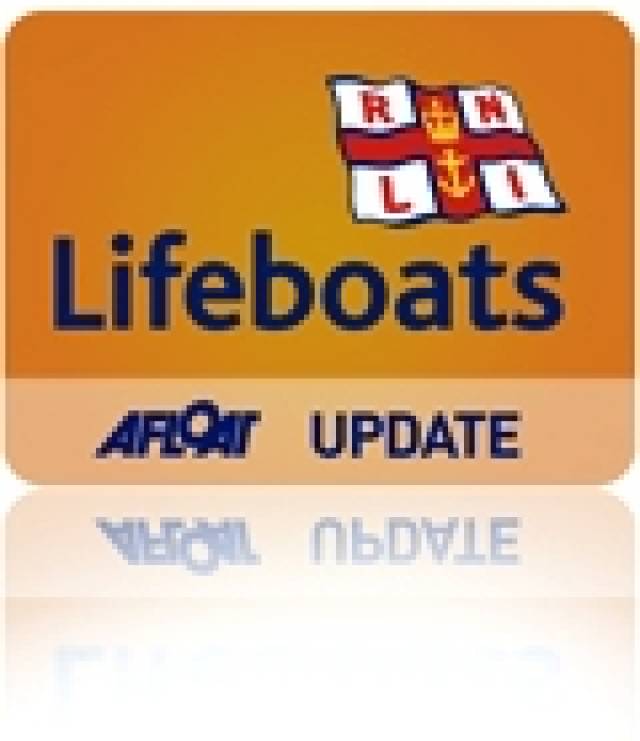#RNLI - Dun Laoghaire RNLI will feature on RTÉ‘s youth programme Elev8 next week.
A number of the lifeboat station’s volunteer crew took time out on Monday to spend the afternoon filming a segment for the show, which will be broadcast at 4pm next Thursday.
The segment, called 'Fact Finders', follows presenter Sean Regan and 10-year-old Justin Lazarev from Dublin as they go head-to-head to find out as much as they can about the RNLI. They will be brought back to the studio tomorrow and tested on how much they have learned.
Justin and Sean were welcomed to the station by Stephen Wynne, Dun Laoghaire RNLI lifeboat pperations manager, and given a tour around both the inshore and all-weather bases by Billy Scully, Dun Laoghaire RNLI lifeboat education and visits officer and a former member of the crew.
The reporters were also brought on board the all-weather lifeboat which was launched under Coxswain David Branigan with mechanic Rory Bolton and crew members Jack Shanahan, Ronan Adams and Dave Farrell on board.
Farrell, who is also the volunteer lifeboat press officer at the station, said filming with RTÉ’s Elev8 was a great opportunity to showcase the volunteer ethos that exists at Dun Laoghaire and indeed the many other communities around the coast.
“Volunteers come from all walks of life within their communities,” he said. “The crew here in Dun Laoghaire will readily exchange leisure, comfort and sleep for cold, wet and fatigue as is required.”
Last year Dun Laoghaire RNLI brought the highest number of people to safety in Ireland, with 76 individuals rescued by their volunteer lifeboat crews during 46 callouts.
Speaking following Monday’s filming, Justin’s mother Adriana said: “It is so refreshing to see that there are still people out there with a big heart who would risk their own life to save others without looking for a financial gain.
“I was really impressed by the dedication, courage and humanity that you all are sharing. Fair play to you all.”
Elev8 can be seen at 4pm next Thursday 7 February on RTÉ Two.
































































